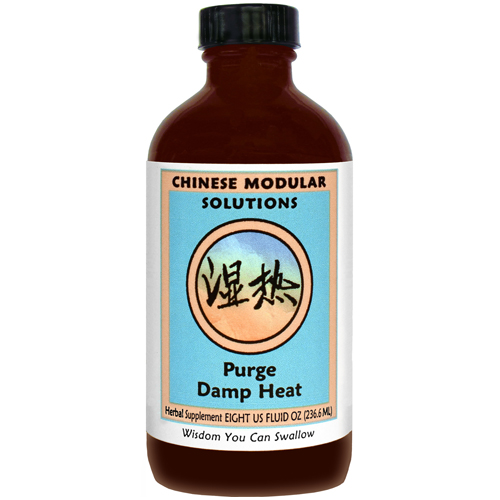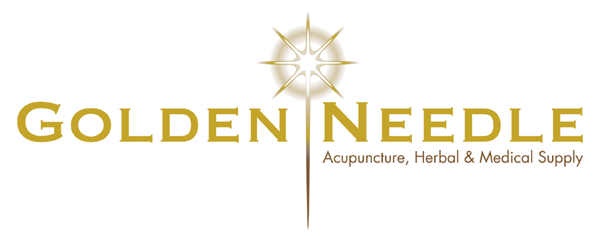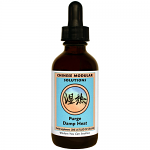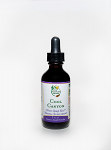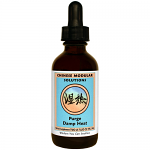| Description |
The phenomenon of Damp-Heat is a unique theoretical construct as well as a stubborn problem in clinical practice. The pathogenic entities of Dampness and Heat frequently coexist in the patterns of disharmony that underlie acute and chronic illness. However, Damp-Heat is not merely a combination of these two, but the outcome of their metamorphosis into a secondary pathogenic condition - a process analogous to the transformation of the two gases hydrogen and oxygen into the compound water. Damp-Heat is emblematic of the entanglement concept in Chinese medicine, not unlike a similar idea known as Heat-Toxin in which Heat and other noxious substances unite to form a poisonous entity in the Blood. Special tactics are employed, namely medicinal substances with specific Damp-Heat clearing properties that disentangle or separate the Dampness from the Heat. It is like annihilating water by using an electric current to separate the molecules of hydrogen and oxygen from each other. Traditionally, herbs such as andrographis, scullcap root, phellodendron bark, and gardenia fruit are used because of their unique ability to simultaneously cool and dry. They are usually combined with herbs that facilitate downward discharge via the bowels and bladder. Damp-Heat is a crucial element in many acute and serious illnesses such as hepatitis, cholecystitis, pancreatitis, and pelvic inflammatory disease (PID). Febrile jaundice is one of the most clear-cut conditions in which Damp-Heat therapy is appropriate, yet many common ailments like acne, mastitis, cystitis, urethritis, herpes, or vaginitis require this strategy.*
|
